Relays are modern mechanical switches that are controlled through electrical impulses. They are tiny yet indispensable electrical circuits to operate large amounts of currents with marginal inputs. The two primary components in a relay circuit are input controlling current, which turns on and off an electrical system and the controlled current, which is triggered by this input current.
Modern-day relays have found various applications in almost all the domestic and industrial operations, from homes and offices to power generation systems, manufacturing industries, automotives, maritime, aviation, and many more. The tiny relay systems are great hassle-solvers in activating or controlling mega-sized electromechanical circuits with small input currents. Moreover, relays save substantial worries and costs that might incur when installing high amperage circuits.
1.0 What is a Relay?
The purpose of a relay depends on their type and applications. However, a standard relay is actually a mechanical device or a switch with electrical inputs that can turn on or off the relay. An electrical signal is conveyed to a relay, which turns on its primary switch that consequently energizes the main circuit. The more advanced circuits have no mechanical parts in their operation, and they switch more efficiently with higher speeds.
Simply put, relay works on the principle of passing the input signal at primary circuit to do actual work at secondary circuit. Most often, a DC input voltage is given to the relay to turn on or off the circuits.
2.0 How Relays Actually Work?
Relays work on the principle of electromagnetism. The working of a standard relay is described here:
- The input is activated with a small voltage on both sides of a relay.
- The input requires a tiny bit of current, which activates the input circuit.
- This current first activates the input switch, causing electromagnetic effect between the input and output coils.
- The primary coil activates the secondary coil and energizes the output circuit.
- When the input current needs to de-energize the output current, it simply cuts off the electromagnetic force between input and output relays.
- When there is no electromagnetic induction, the circuit becomes open and the output current stops.
3.0 Internal Structure of a Relay Circuit
The standard electromechanical relay comprises an electromagnet, movable armature, contacts, a spring, and yoke.
- The electromagnet is normally in rest condition when no electrical signal is provided. It only becomes a magnet when it receives an electrical signal. The electromagnet is a metal conductor with a copper wire wound around it.
- The armature is movable and sits atop the stand. Armature in a circuit makes or breaks the contacts when needed.
- Yoke is also made of metal and is fixed inside the core. Yoke is specifically installed to hold the armature when the contacts are closed.
-
Springs are attached with armature to quickly make or break connections inside the relay. These springs ensure brisk armature movements for instant start/stop functioning inside the relay.

4.0 Types of Relays
Relays can be found everywhere, in cars, aeroplanes, ships and cruises, smartphones, computers, and whatnot. They perform wide-ranging functions, from accurately starting mega-machines to ringing your alarm clock. Of the countless relay types, let’s explore the most practical ones:
Electromechanical Relays
Electromechanical relays or latching relays work on the principle of input control signals activating a mechanical switch through armature and contacts. The mechanical contacts are closed via electromagnetic coil and are useful in multiple applications such as household lightings and appliances, sequential circuiting, and more. Electromechanical relays are cost-effective and are great for domestic usage where complicated switching isn’t needed.
Relays for Cars
Relays are found all over inside automotives. These automotive relays require DC power from the battery to power high-ampere systems. The automotive industry greatly benefits with cost and weight reduction when using these thrifty relays. The applications requiring relays include turning on/off car headlights, windshield wipers, car locking system, theft alarms, and multiple other functions without having to install bulky wiring for each output system.
Relays in cars are further subclassified into multiple types, which include:
PCM Relay
The powertrain control module or PCM relay can be found in all the cars and trucks with OBD-II system. The engine control module or ECM of a car controls all the functions of an automotive, from self-starting ignition to fuel injection, engine timing features, and lighting control. This ECM is controlled by PCM relay, which closes/opens the circuit between ECM and battery when the ignition key is turned on/off.
If your car engine does not start, the problem sometimes might be with the PCM relay. To check if PCM is working properly, insert the key and turn it on. Now, check if the headlights, indicators, or internal lighting is working. If it doesn’t, the PCM might not be working.
Fuel Pump Relay
Fuel pump relay directs input signal to an automotive fuel pump. In cars and trucks, fuel pump relay is located under the hood in a tiny plastic casing. The function of this relay is to ensure that the fuel pump is working when the ignition is turned on. The relay disconnects the power source of the fuel pump when the ignition turns off, hence protecting it from damages. When the car gets started, the fuel pump relay automatically turns off as well.
To check if your fuel pump relay is working properly, insert and turn the ignition key and listen for a humming sound from the fuel tank. If you can hear the buzzing sound, the relay is working fine. If not, your relay may require a repair or replacement.
You can also test fuel pump relay with a KAIWEETS KM601 Smart Digital Multimeter by setting the readings to continuity mode. Connect the leads of multimeter to the positive and negative terminals of relay. If the multimeter buzzer makes sound, your relay coil is working just fine. If it does not make any sound, the coil is faulty.

ASD Relay
Automatic Shutdown Relays are used in automotives as an additional security layer. ASD relays are connected to the vehicle’s ignition system and are responsible for providing 12v DC voltage signals to fuel injectors, heat and oxygen sensors, and ignition coil. ASD relays instantly turn off the car systems if it detects any critical system error.
DHCP Relays
The dynamic host configuration protocol (or DHCP) relay is a protocol used to manage multiple networks by assigning an internet protocol (or IP) address to the connected computers or devices. These devices are often called nodes; the DHCP relay manages these node configurations automatically without administrators requiring to manually assign IP addresses to these complex networks.
Solid State Relays
SSRs do not comprise electromechanical setup for switching. Instead, these relays use semiconductor devices to switch between devices. Solid state relays have enormous switching speeds, which makes it easier to perform complex switching tasks, eliminating mechanical components such as springs, contacts, yoke etc. Also, SSRs last longer and are more efficient for household appliances as well as high-end industrial procedures. Solid state relays are sometimes known as wet contact relays.
5.0 Conclusion
Relays are the building blocks of control systems spanning to all the applications, from heating and cooling systems to automotives, industrial machinery, household appliances, computer systems, internet protocols, and countless more. For rudimentary components such as fire alarms, dry contact relay switches are utilized. Here, the power is always delivered by another circuit instead of directly applying input voltage to the contacts of the relay. For more sophisticated applications, wet contact relays are utilized. These relays use mercury-wet contacts and derive their power from the source, instead of getting power from another component. Large control panels, heat and airflow sensors are examples of these circuits.


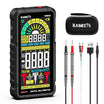
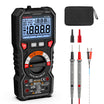

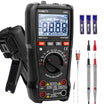
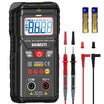
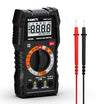
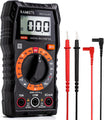
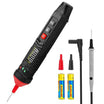
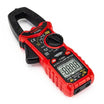
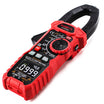
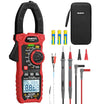

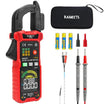
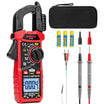

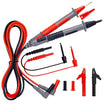
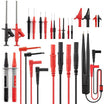

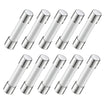
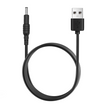
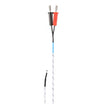
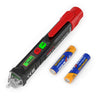

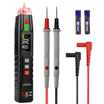
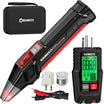
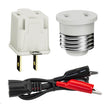
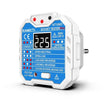
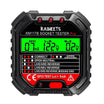
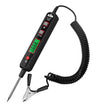
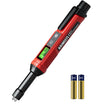
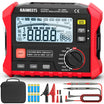
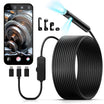
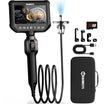

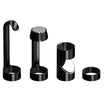
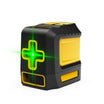
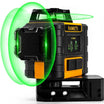


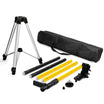

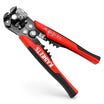
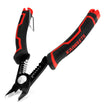
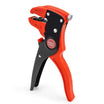
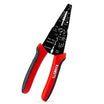
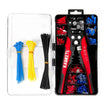

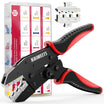
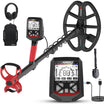
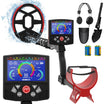
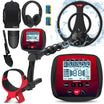

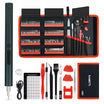
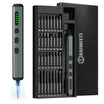
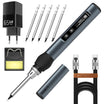
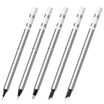
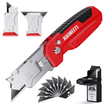
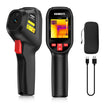
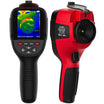
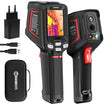
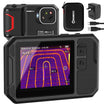
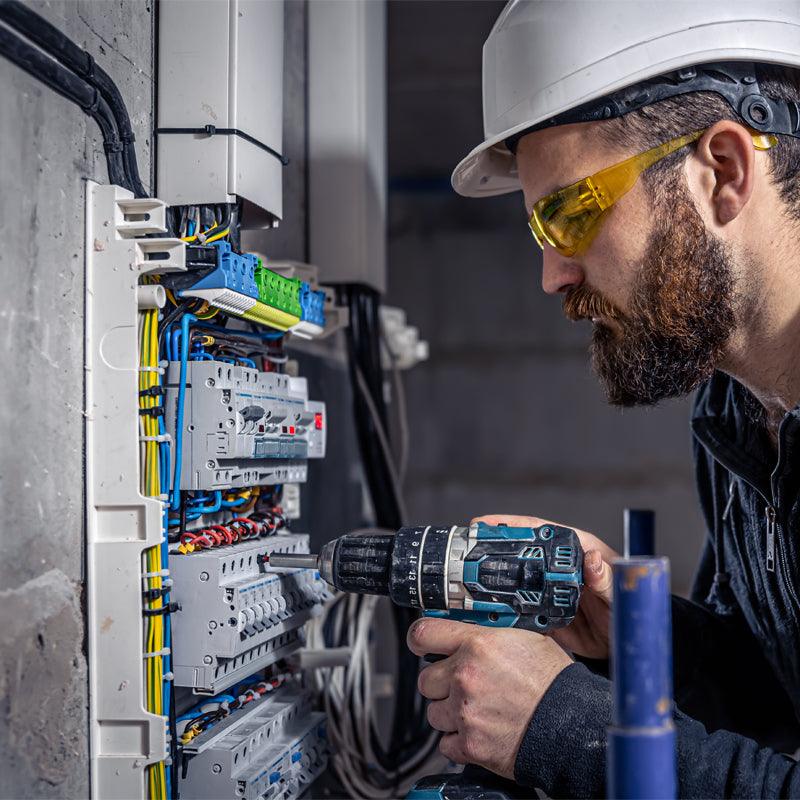
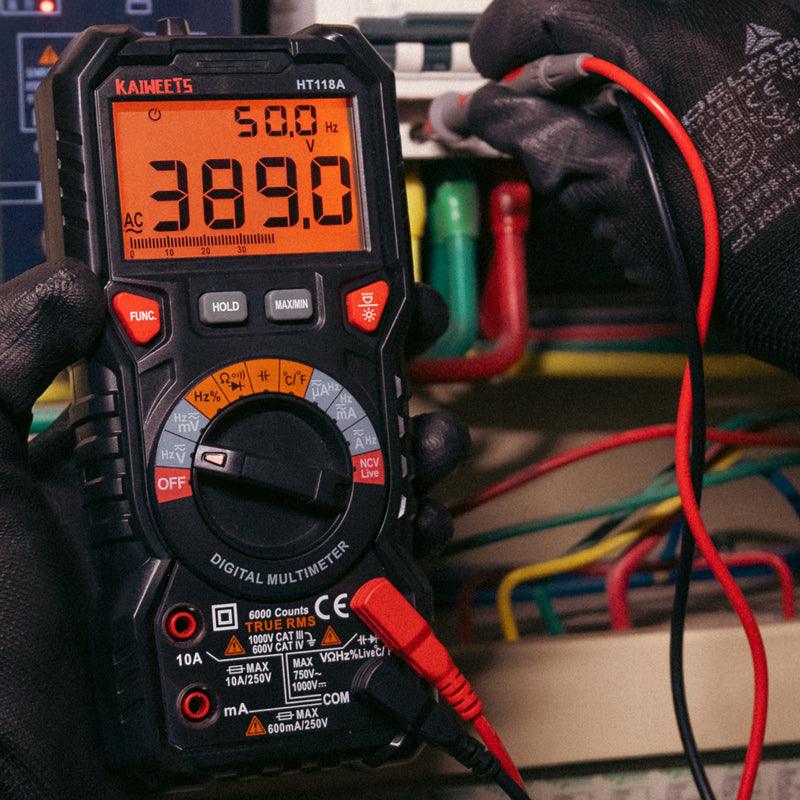
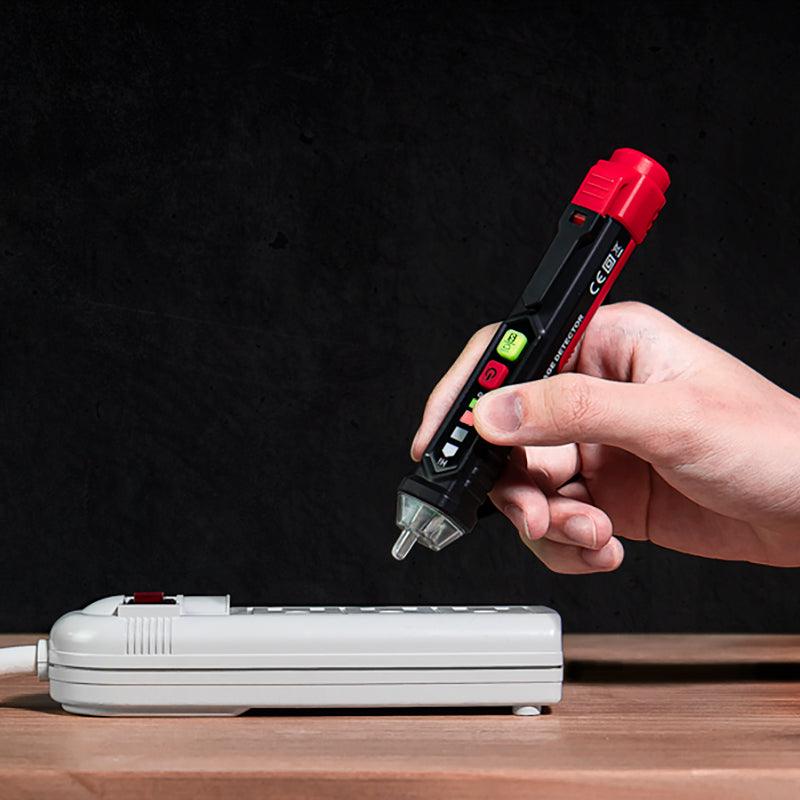
Leave a comment
All comments are moderated before being published.
This site is protected by hCaptcha and the hCaptcha Privacy Policy and Terms of Service apply.